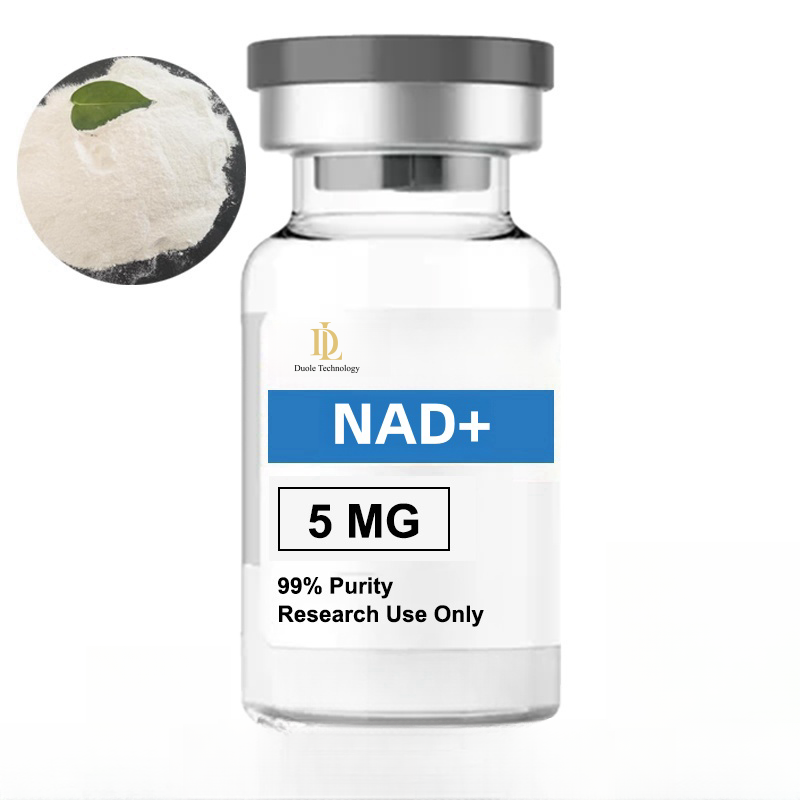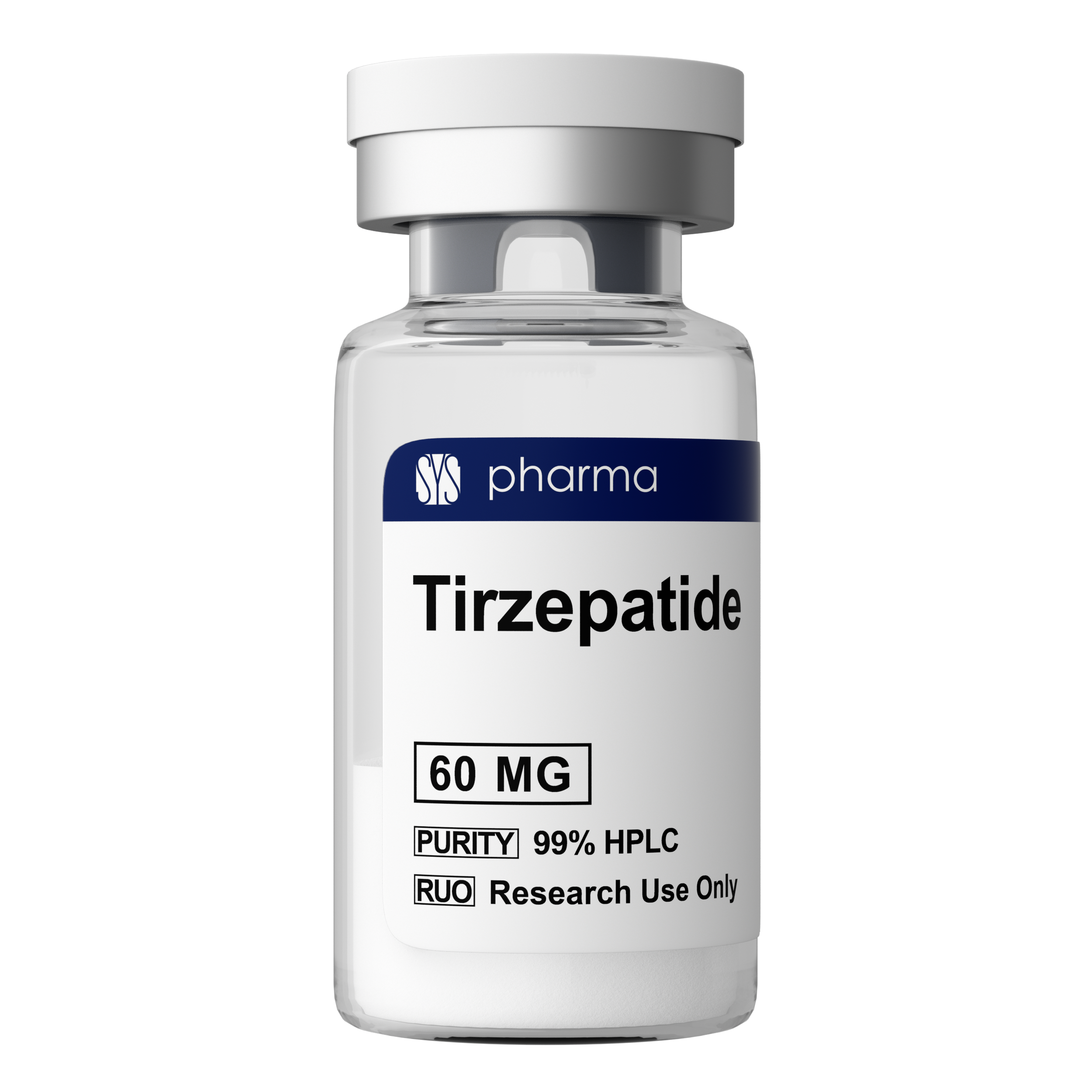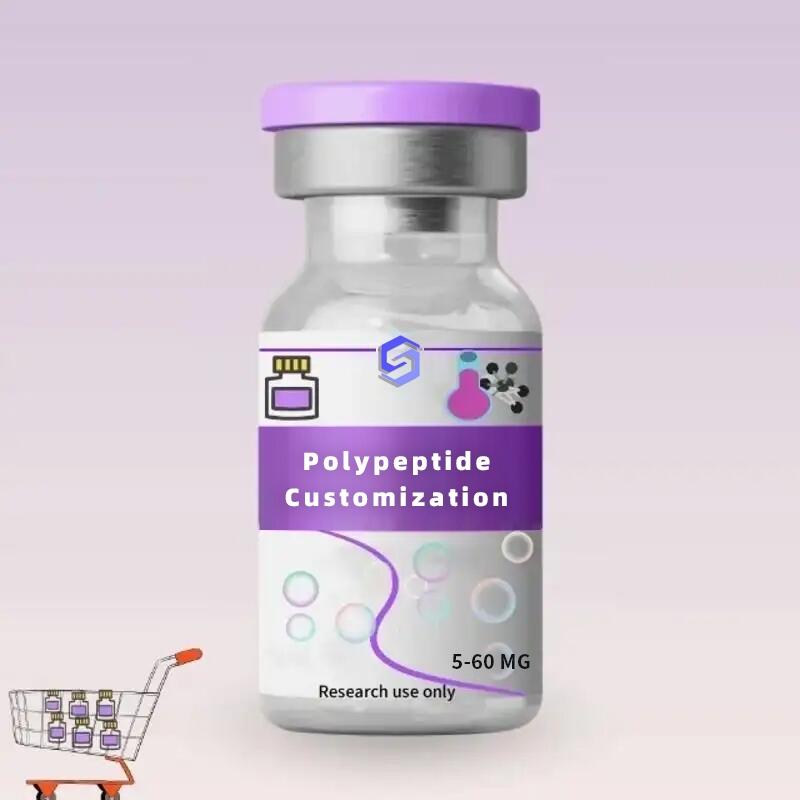-
Categories
-
Pharmaceutical Intermediates
-
Active Pharmaceutical Ingredients
-
Food Additives
- Industrial Coatings
- Agrochemicals
- Dyes and Pigments
- Surfactant
- Flavors and Fragrances
- Chemical Reagents
- Catalyst and Auxiliary
- Natural Products
- Inorganic Chemistry
-
Organic Chemistry
-
Biochemical Engineering
- Analytical Chemistry
-
Cosmetic Ingredient
- Water Treatment Chemical
-
Pharmaceutical Intermediates
Promotion
ECHEMI Mall
Wholesale
Weekly Price
Exhibition
News
-
Trade Service
Air purification filter is a single and double group of glue can be applied, especially for the components of not only can quantitative glue, but also automatic mixing, mixing, automatic positioning are all integrated complete automatic easy-to-use equipment
.
The design characteristics of the air purification filter: 1, mainly used to filter air suspended particles, as the end of various filtration filters
.
2.
The filter material is made of ultra-fine glass fiber filter paper, separated by
hot melt adhesive.
3, this design reduces the operating costs, no partition thermoplastic diaphragm can ensure the same pleated spacing, to ensure the passage of air flow, to achieve a high dust capacity, make full use of the filter throughout the depth of the filter media
.
4.
The outer frame adopts anodic treatment to increase the strength and durability of corrosion resistance
.
5.
All sides are sealed with special adhesive to ensure the tightness
of the entire filter.
6.
Install spray plastic protective mesh on the inlet and outlet air surfaces to protect the filter paper from being damaged
.
7.
Each filter has been strictly tested
.
Technical points of air purification filter: 1.
Filtration efficiency: the ratio of the aerosol concentration filtered out by the filter element and the aerosol concentration before filtration is divided into counting concentration and weight concentration, expressed in percentages; 2.
Penetration rate: under the rated air volume, the ratio of the aerosol concentration after filtration of the filter element to the aerosol concentration before filtration is expressed as a percentage; 3.
Windward speed: the speed of the air flow through the section of the windward surface; 4.
Filter speed: refers to the gas flow speed through the filter material in the filter; 5.
Resistance: under the rated air volume, the pressure difference between the air flow before and after the filter is divided into two parts: filter material resistance and filter structure resistance; 6.
Dust capacity: under the rated air volume, the total mass of artificial dust captured when the test filter reaches the final resistance is expressed
in g.







